It's been a busy month in the Feed Central lab as feedlots across the country prepare for their Grain Fed certificate audits. We've been working through numerous samples, testing for both Metabolisable Energy (ME) and protein to ensure rations meet the strict...

Making the Pivot Work
Grant Alday and daughter, JennaWhen frost devastated Grant Alday's crops last season, he faced a choice that many farmers dread: watch potential profits wither away, or pivot fast and cut for hay. Within days, he made the call that would transform his season. “It...

From Grazing Block to Grain Operation
Pat Hull, first-time silage supplier When Patrick Hull bought Weebergong in 2022, he inherited roughly 1,000 tonnes of silage buried in pits across the property. For two years, the mounds of dirt sat on his driveway - an eyesore he wasn't sure what to do with. But...
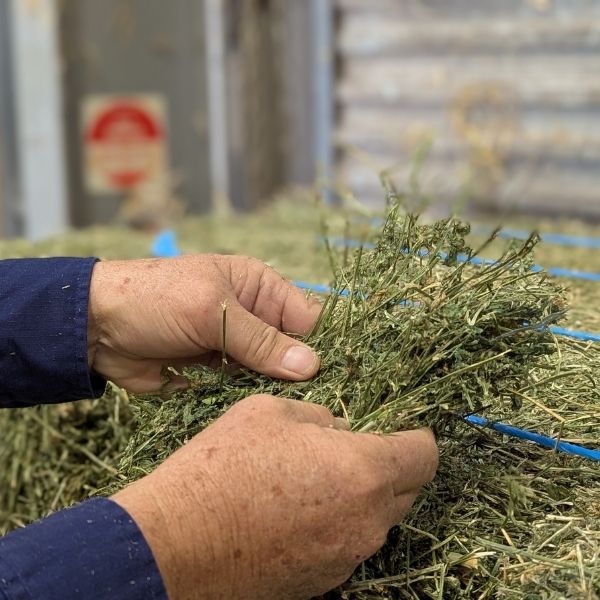
What Type Of Hay Should You Make?
SHOULD I FEED MY HORSES LUSH PASTURE GRASS? We have seen debates on many online platforms about the dangers of feeding horses on lush pasture grass and lucerne hays. People blame all sorts of symptoms, from tying-up to colic and laminitis, on high levels of...

Use of Inoculants and Preservatives in Baling Hay
Photo: Checking moistures in the paddock. Producing quality, dry hay can sometimes be challenging for hay producers. This can lead growers to consider using inoculants and hay preservatives. While these additives have their role in the hay production system, it is...
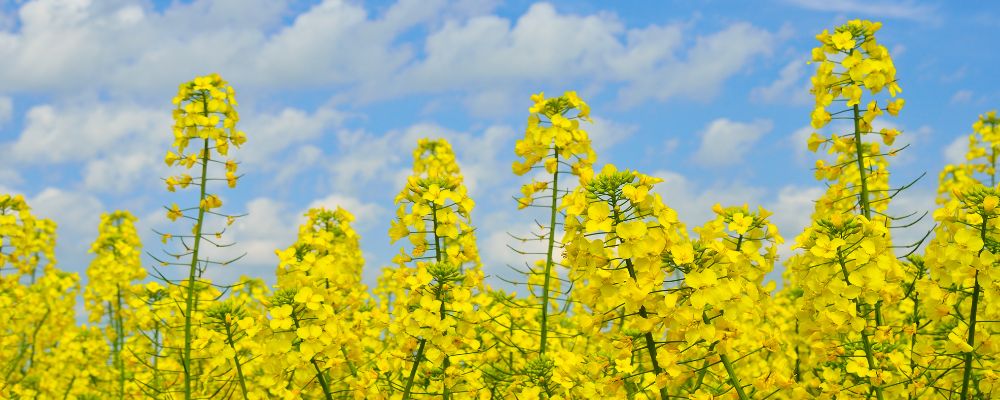
Making Hay from Canola
Canola crops that have been damaged due to frost don’t have to be a complete write-off! Making hay out of damaged grain crops is an opportunity to recoup costs but it’s essential that you understand what you’re getting into. Frosted canola crops can be cut for hay,...
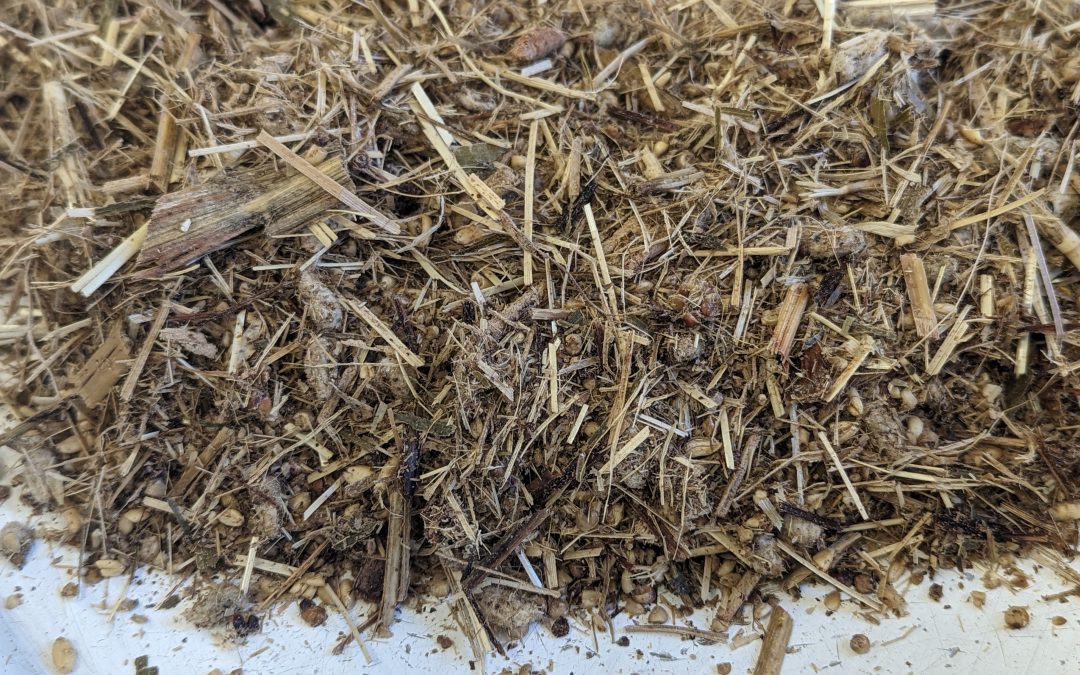
Sampling High Moisture Feeds for Feed Analysis
High moisture feed samples from total mixed rations, pastures, pit silage and round bale silage, always require some different handling to your drier hay and grain rations for feed testing. Silage based samples will commence a secondary fermentation when disturbed and...
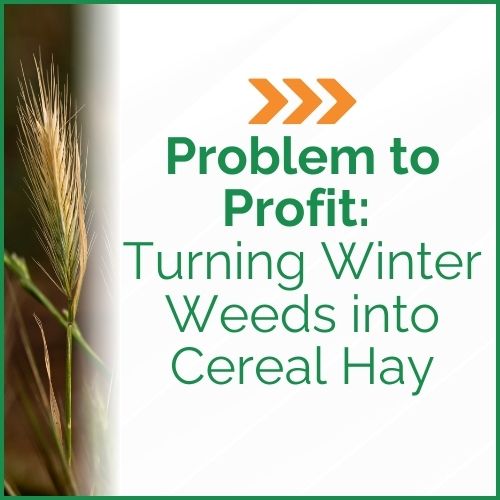
Problem to Profit: Turning Winter Weeds into Cereal Hay
Weeds may reduce the aesthetic appeal and palatability of hay and/or may put livestock at risk of toxicity. Despite the challenge weeds pose in cereal crops, they present an alternative opportunity for Australian grain growers to transition into hay production before...
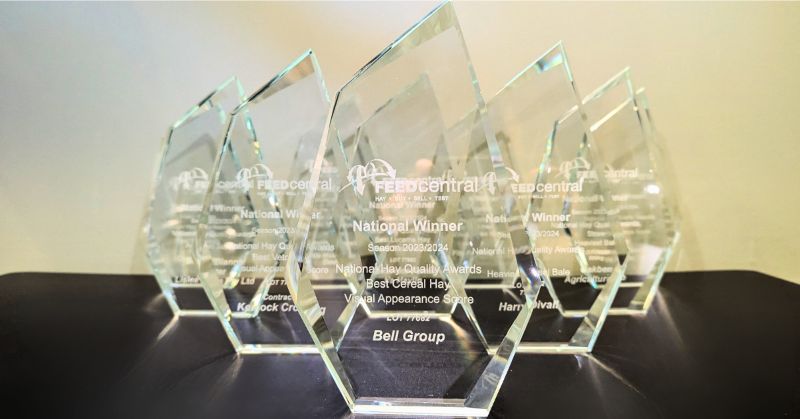
2024 Hay Growers Rewarded Across Australia
Farmers from across Australia have been rewarded for making top-quality hay in a season that marked a return to good growing conditions. Growers from New South Wales, Queensland, Victoria and South Australia shared the top honours in the 2023-24 Feed Central National...
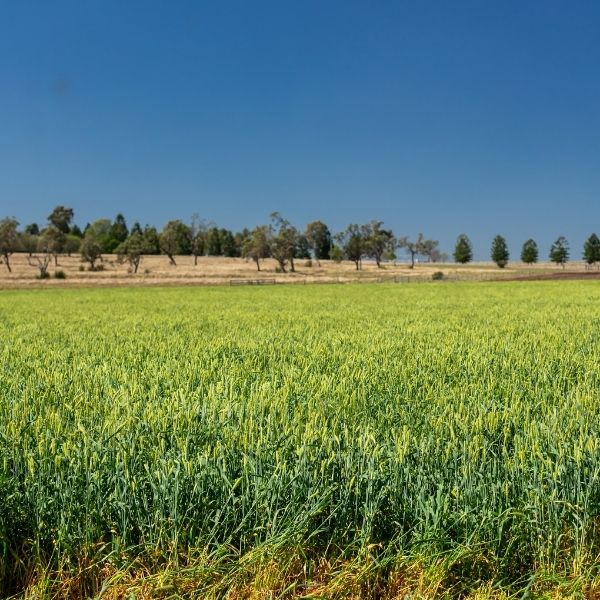
Soil Nutrition Video Series with Neville Janke
Join us for our soil nutrition series with our Fertiliser Specialist & National Account Manager - Neville Janke.Below you'll find transcriptions of the above videos, if you'd like to review the information on soil nutrition.Hello, I'm Neville Janke and welcome to...

Feed testing: Calculating the benefits
Tanya Dobrijevic, Agriculture Victoria, 13/10/2023 Feed is more than just hay or grain, it is the energy and protein content that is most important. It is critical to purchase feed that is appropriate for your stock and meets their nutritional requirements. A simple...
Six Key Factors Influencing Today’s Hay Market
Our Director Tim Ford recently presented at the NSW DPI Dairy Breakfast. Tim's presentation provided valuable information on the current state of the Australian hay market, touching on various factors influencing it, and today we'd like to share those with you....
Parthenium Weed Alert
Parthenium is a noxious weed that can have negative impacts on humans, animals, and the environment alike. Feed Central is very conscious of the risk of Parthimium in hay in the affected Queensland Area, and makes all efforts to minimise risk. Parthenium weed is...
Why Does Hay Get Dusty And What Causes It?
Dusty hay can present challenges for both livestock and farmers. It affects palatability, and nutritional value, and can even pose health risks to animals. Today we will delve into the reasons why hay gets dusty, explore its causes, discuss the importance of...
Everything You Need To Know About Potassium and Horses
Potassium is a mineral that is found in many foods, and it is also necessary for horses. It plays a big role in balancing osmotic pressure, which is essential for cell function. It is also a key component of electrolyte balance, which helps regulate nerve and muscle...
How Potassium Affects Dairy Cattle
For lactating dairy cattle, potassium is an imperative nutrient that optimizes milk production. The Nutrient Requirements for Dairy Cattle from the National Research Council indicates that extreme potassium deficiency in lactating cows (defined as 0.06% to 0.15%...
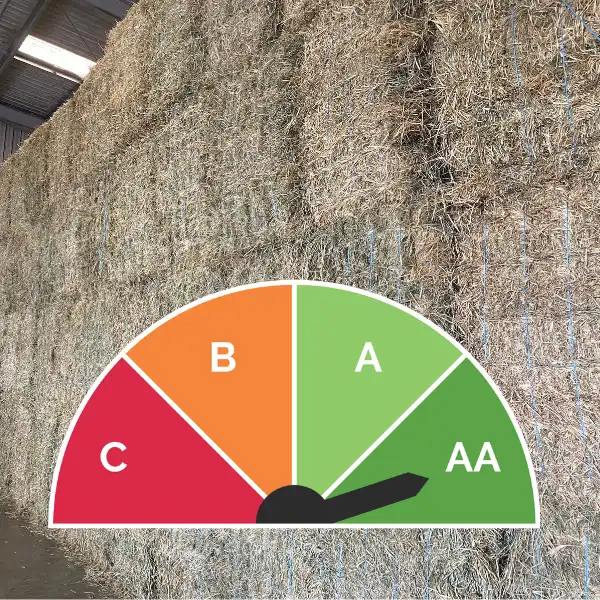
The Visual Gauge And How It Works
Why Is Visual Grade Important? Visual Grade has a very strong correlation to the attractiveness of the hay (for the livestock), that is livestock are much more likely to eat and be attracted to really nice-looking hay. In addition, there is a direct correlation...
Fire Ants & Hay – Here’s what you need to know
At Feed Central we understand the importance of NOT spreading fire ants when working with hay and other baled products. We also understand how important it is for each of us to play our own part. Fire ants are small, but they can have devastating consequences on the...
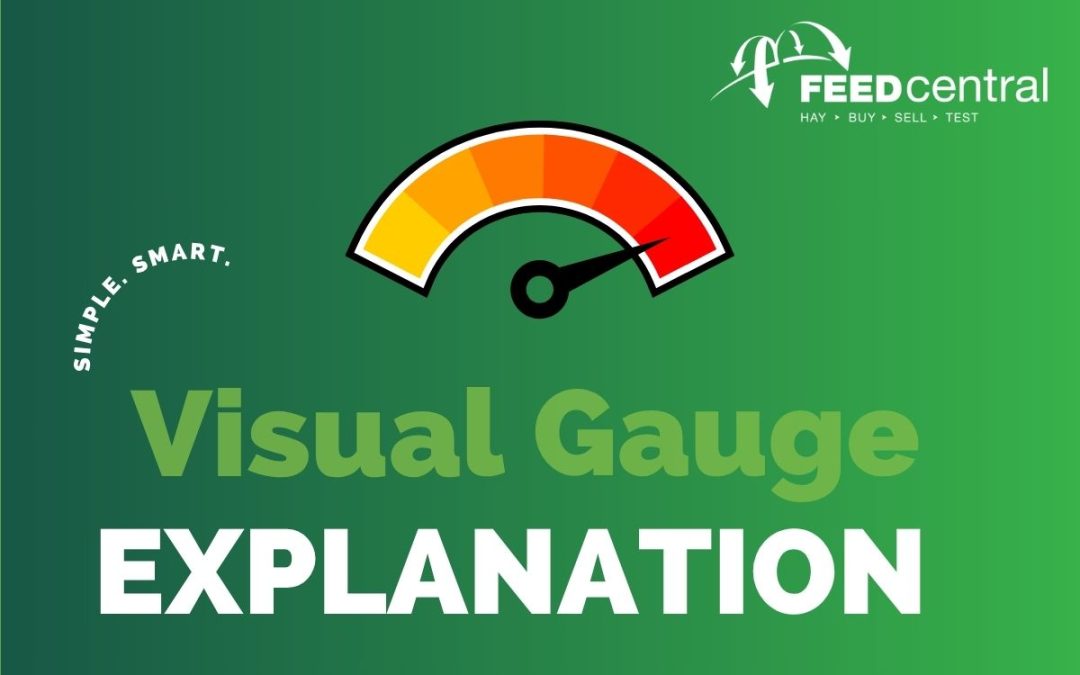
How To Tell The Quality Of Hay Visually
WHY IS VISUAL GRADE IMPORTANT? Visual Grade has a very strong correlation to the attractiveness of the hay (for the livestock), that is livestock are much more likely to eat and be attracted to really nice-looking hay. In addition, there is a direct correlation...
The Ultimate Guide – How To Stack Hay Bales
As your hay importation and exportation business grows, the amount of hay you’ll store on your farm or facility will as well. The time will inevitably come for you to stack hay bales to make more space. How do you do this? When stacking hay bales, ensure that each...
